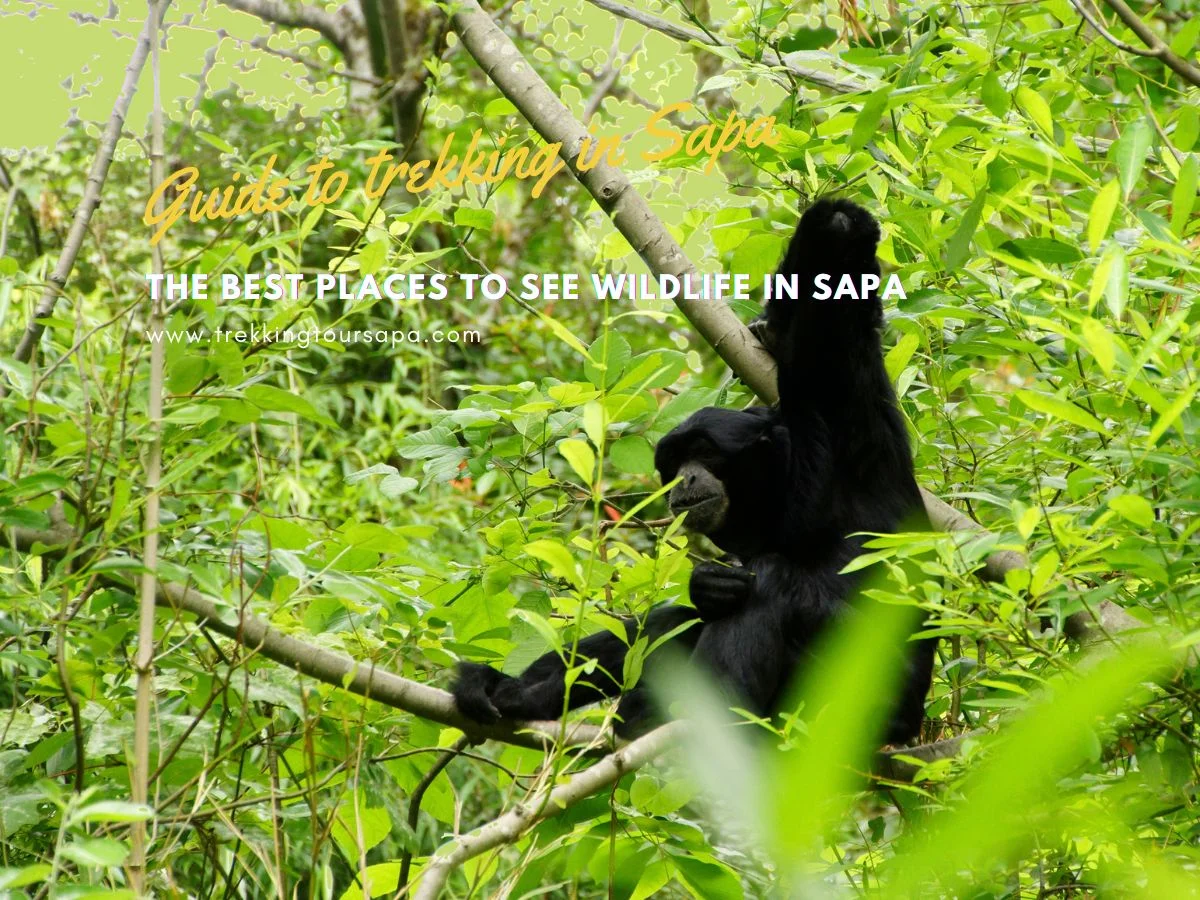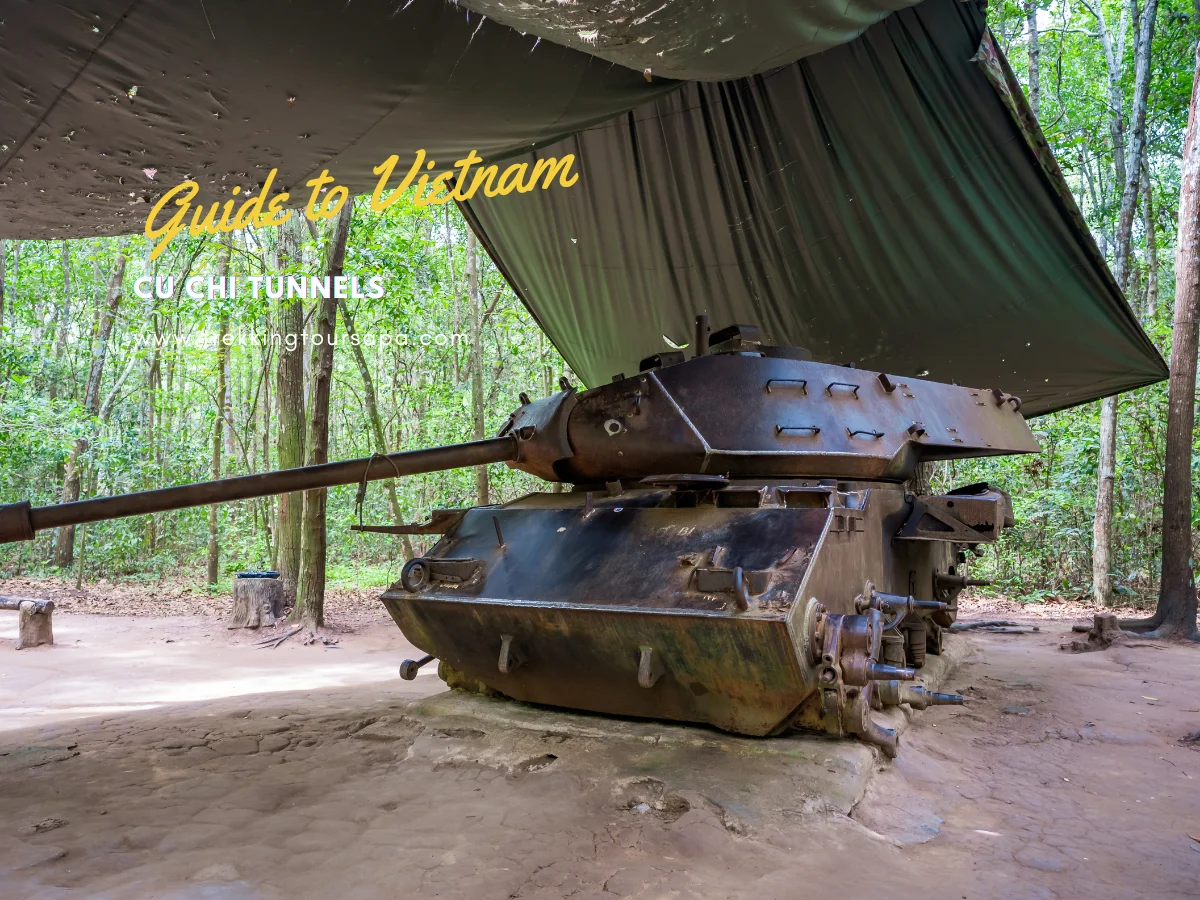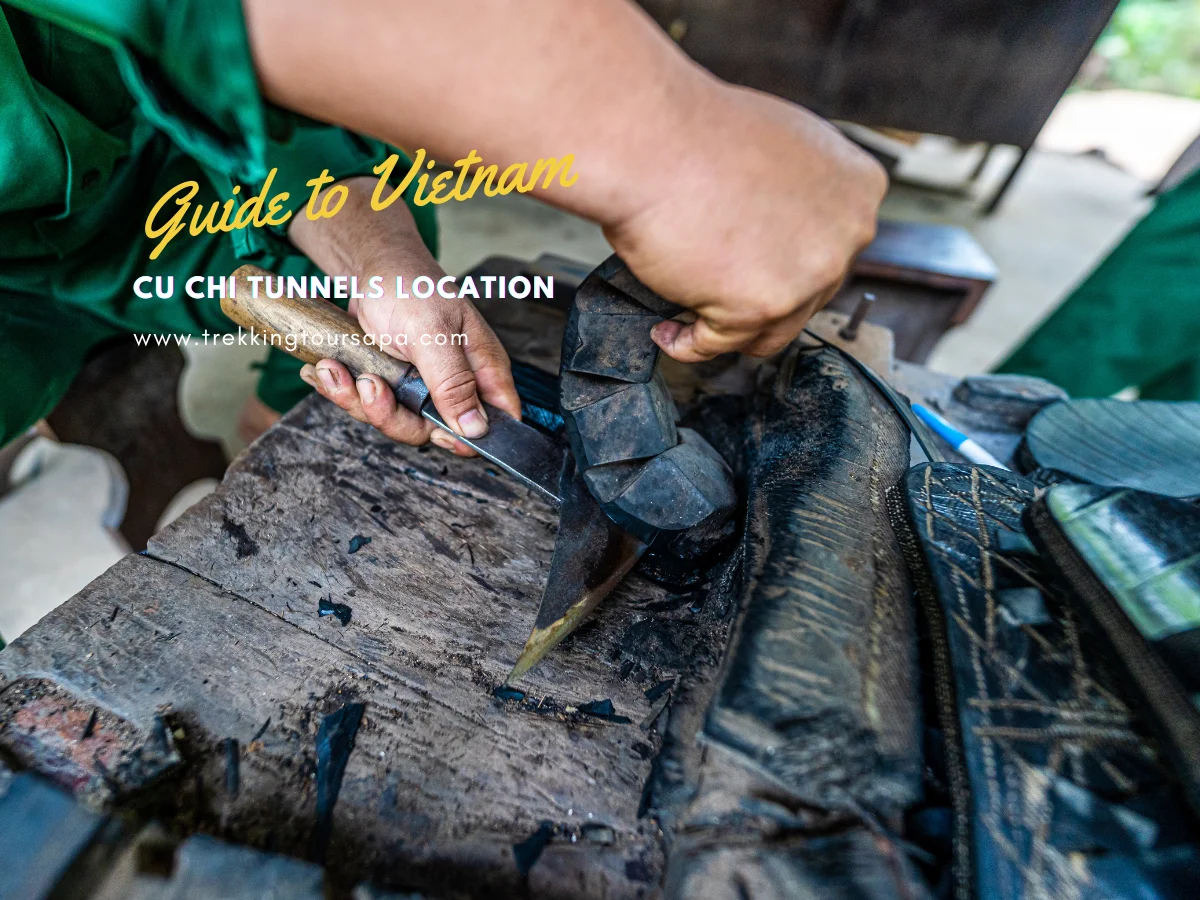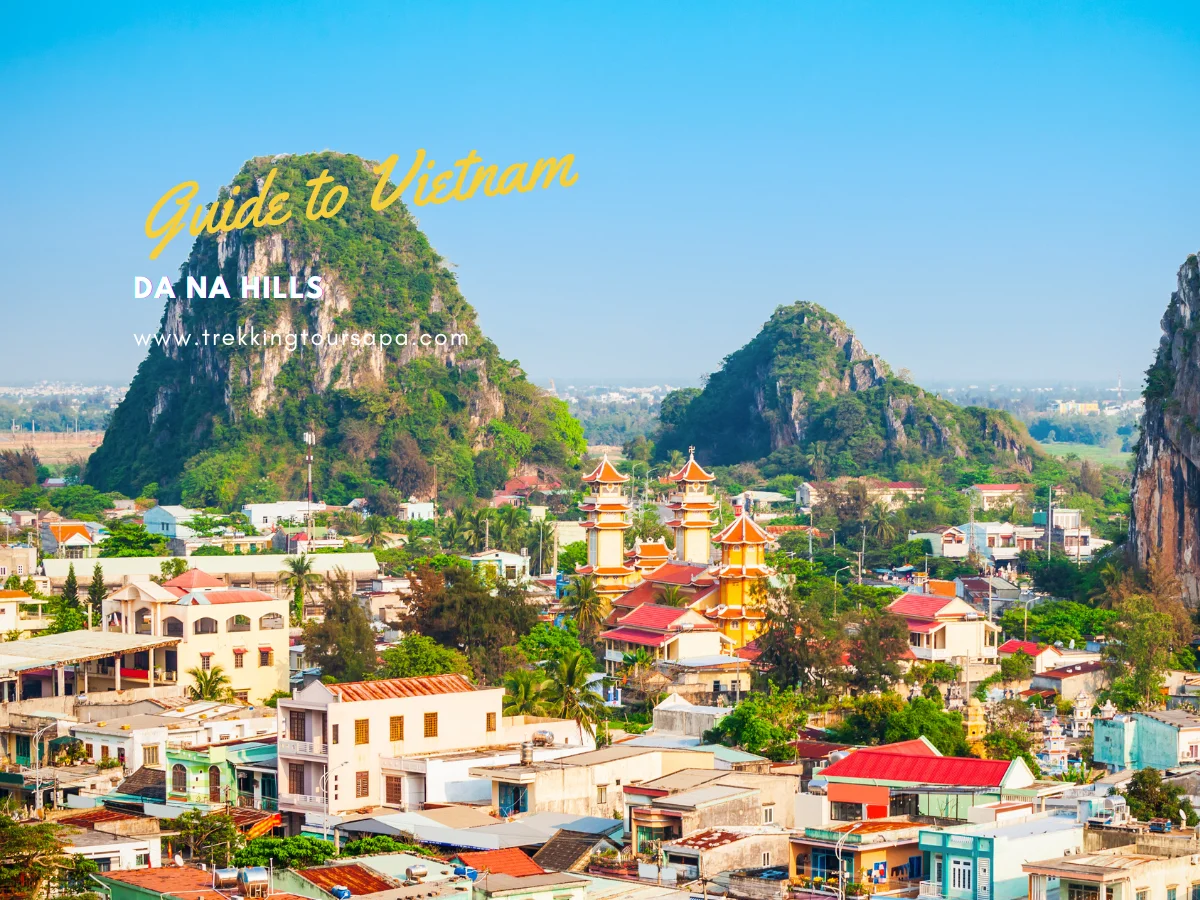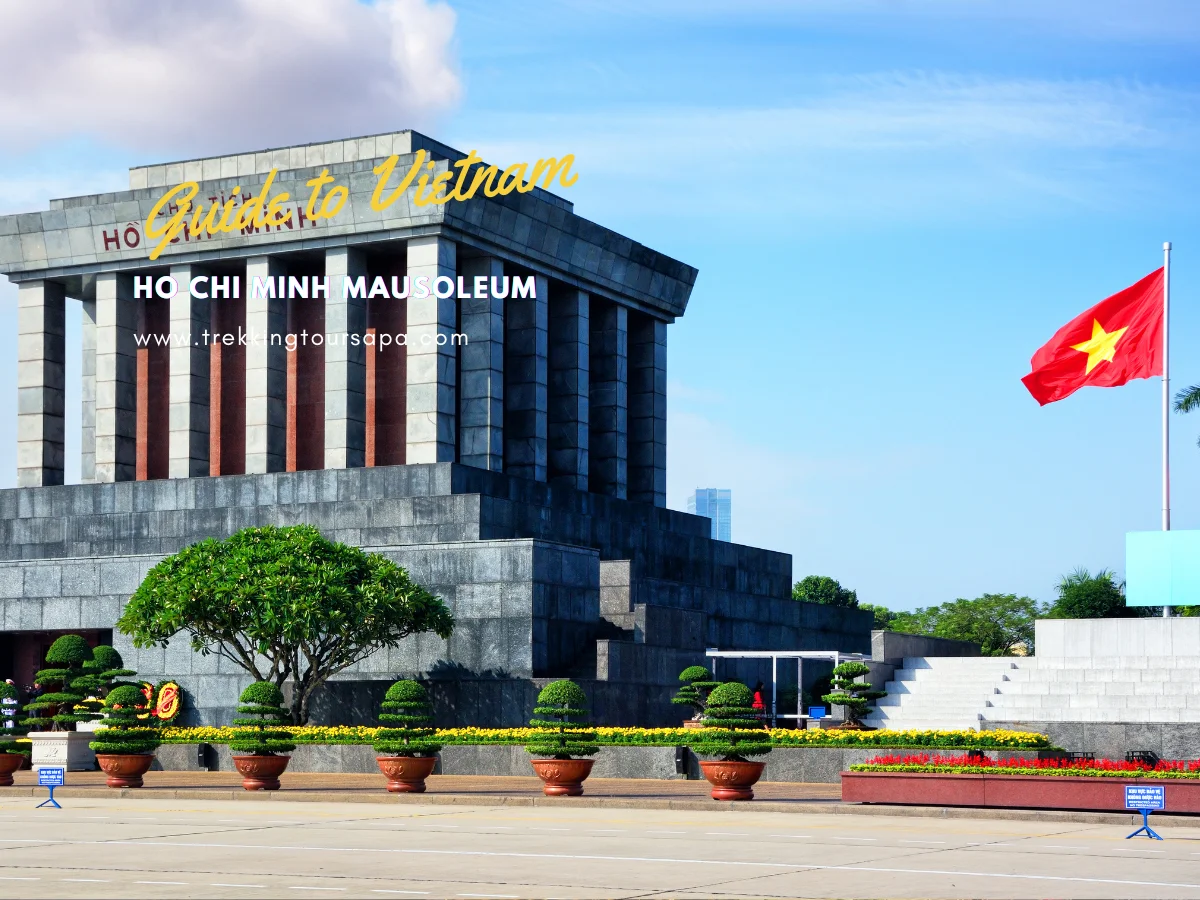Are you a wildlife enthusiast looking for an adventure in the great outdoors? Look no further than Sapa, Vietnam. This stunning region is home to an abundance of unique and exotic wildlife, from rare bird species to majestic mountain goats.
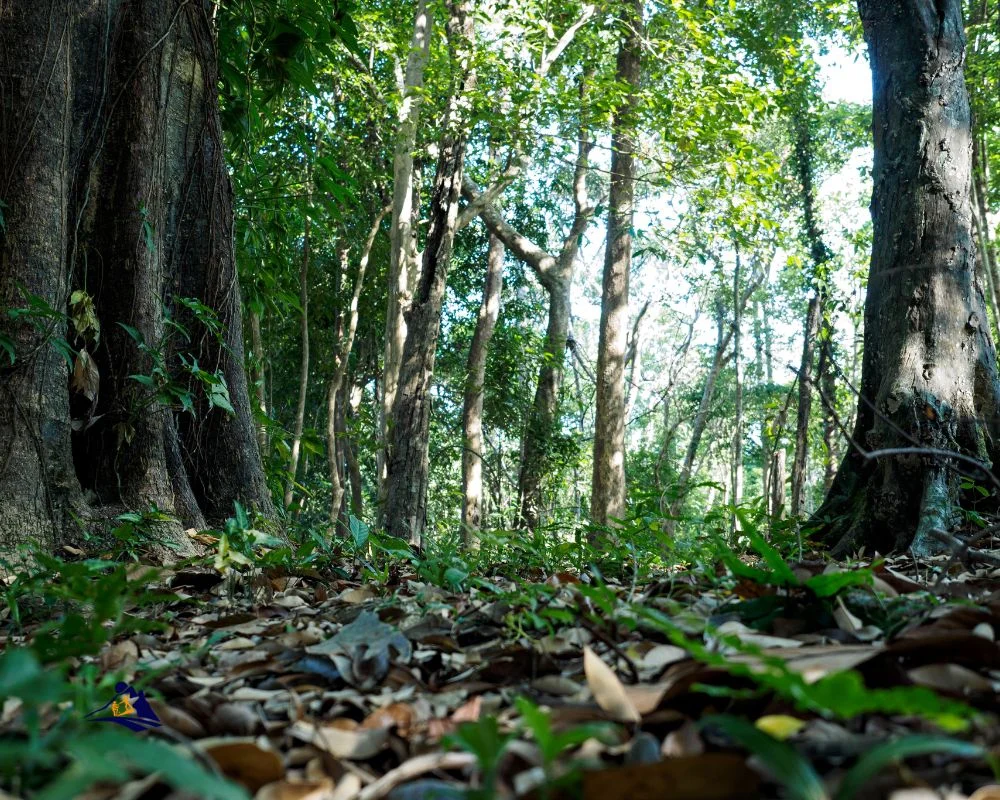
But with so many incredible destinations to choose from, where should you start your journey? Here are the top places to see wildlife in Sapa, each offering a different experience and opportunity for exploration. So pack your bags and get ready to experience the beauty of nature firsthand – it’s time to discover the best places to encounter some of Vietnam’s most breathtaking creatures.
Table of Contents
ToggleHoang Lien Son National Park
You’ll love exploring Hoang Lien Son National Park for a chance to spot some amazing wildlife! The park is home to rare and exotic species such as the Indochinese tiger, clouded leopard, and black bear. You can hike along the trekking trails that lead to hidden waterfalls and stunning vistas where you may catch a glimpse of these creatures in their natural habitat.
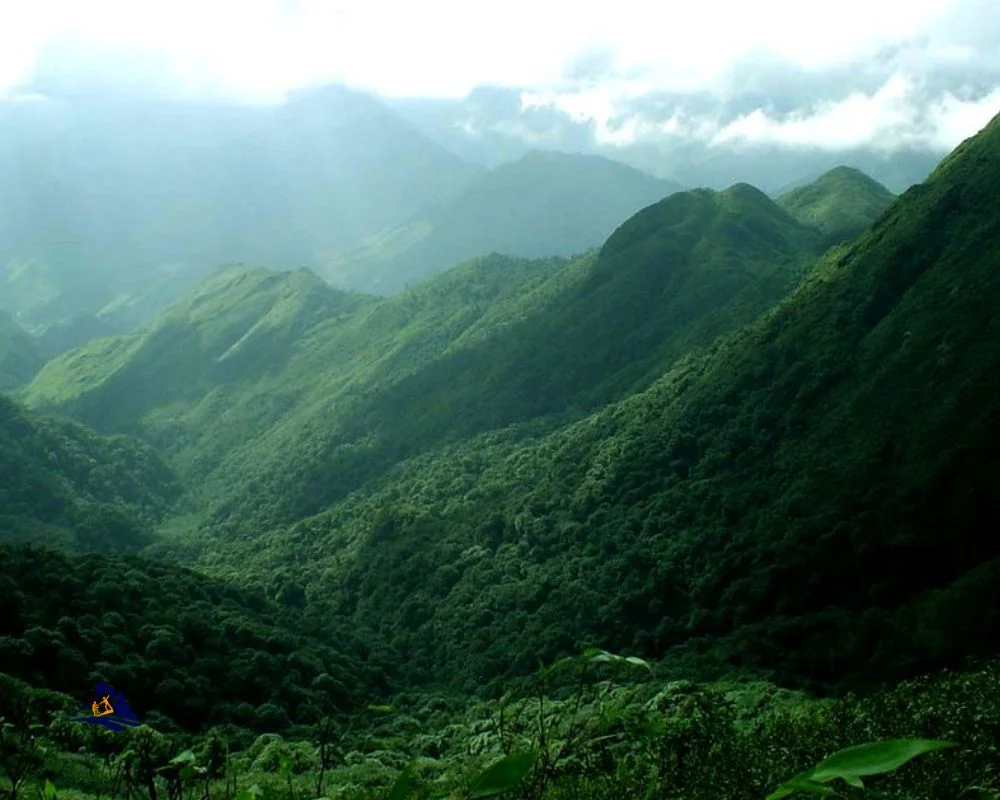
The park’s conservation efforts are impressive, with initiatives focused on protecting endangered species and their habitats. In addition to promoting responsible tourism practices, the park also works with local communities to provide education and alternative livelihoods that support sustainable development. By visiting Hoang Lien Son National Park, you can experience firsthand the beauty of nature while supporting its preservation for generations to come. Now let’s move on to another incredible destination for wildlife enthusiasts – Fansipan Mountain.
Fansipan Mountain
Fansipan Mountain is the highest peak in Indochina, reaching an elevation of 3,143 meters above sea level. From the summit, you can enjoy breathtaking views of the surrounding valleys and mountains. This unique ecosystem is home to many endemic species, making it one of the best places to see wildlife in Sapa.
Highest Peak in Indochina
The view from the summit of Indochina’s highest peak is breathtaking. Standing at 3,143 meters above sea level, Fansipan Mountain offers a unique and challenging climbing experience that attracts adventurers from all over the world. As you make your way to the top, you’ll encounter steep trails, rocky terrain, and unpredictable weather conditions that will test your mountaineering skills.
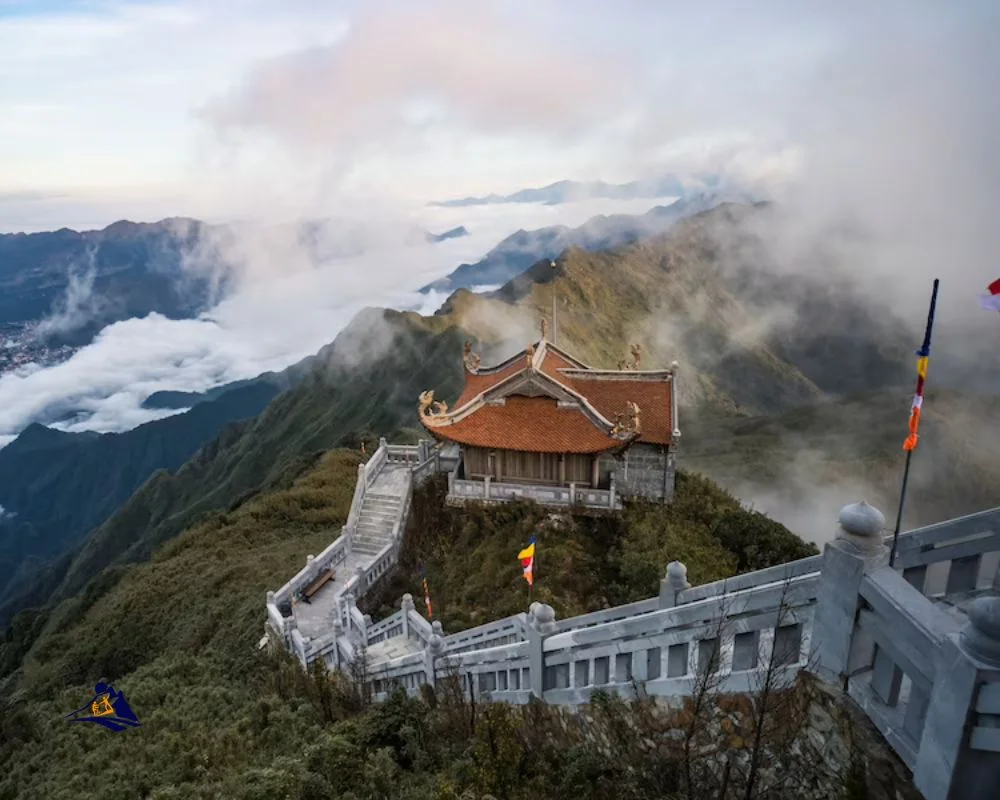
But amidst the climbing challenges lies an opportunity to witness some of Vietnam’s most fascinating wildlife species. From endangered primates like gibbons and langurs to elusive carnivores like clouded leopards and sun bears, Fansipan Mountain is home to a diverse range of flora and fauna. As someone with an in-depth knowledge of wildlife conservation strategies, you understand just how crucial it is to protect these animals’ habitats. And as you stand on top of Indochina’s highest peak, surrounded by nature in its purest form, you feel inspired to continue advocating for their preservation.
With such breathtaking views surrounding you at every turn, it’s easy to lose yourself in the sheer beauty of Fansipan Mountain. But as we move on to our next topic about these stunning vistas, remember that there are still more hidden treasures waiting for you to discover here among Sapa‘s incredible wilderness areas.
Breathtaking Views
As you take in the view from the summit of Indochina’s highest peak, it’s almost like you’re watching a 4K ultra-high-definition movie with all its vivid colors and details. You can see for miles around, and every inch of the landscape is alive with natural beauty. This is an excellent opportunity to capture some stunning photographs, so be sure to bring your camera and follow these photography tips: use a telephoto lens for distant shots, adjust your shutter speed for moving wildlife, and make use of natural light.
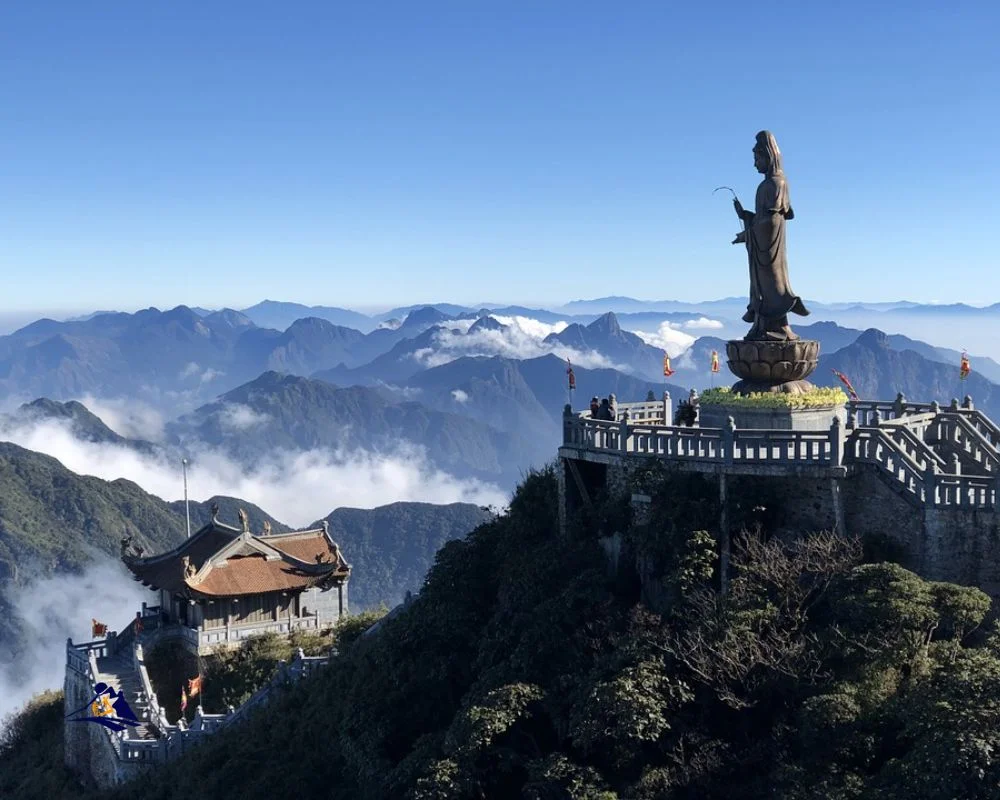
If you want to experience more than just breathtaking views on your trip to Sapa, consider taking one of the guided tours available. These tours offer an opportunity to learn about wildlife conservation strategies while observing animals in their natural habitat. As someone who has a passion for protecting wildlife, I highly recommend exploring Sapa’s unique ecosystem with a knowledgeable guide who can point out endemic species that are difficult to spot on your own. In the next section, we’ll dive deeper into these rare animals that call Sapa home.
Endemic Species
To truly appreciate the natural wonders of this region, you should take the time to explore its endemic species and learn about their vital role in Sapa’s ecosystem. Through conservation efforts and ecotourism opportunities, visitors can witness some of the rarest and most beautiful creatures on earth. Here are just a few examples:
- The Red Panda: A shy and elusive creature that is threatened by habitat loss. These adorable animals can be spotted in the Hoang Lien Son National Park.
- The Sa Pa White-browed Scimitar Babbler: This unique bird has a distinctive curved beak and white eyebrow markings. It is found only in the forests around Sapa.
- The Indochinese Tiger: One of the world’s most endangered big cats, with fewer than 350 individuals left in the wild. While sightings are rare, they have been reported in surrounding protected areas.
- The Giant Black Squirrel: This impressive rodent can grow up to 1 meter long, making it one of the largest squirrels on earth. They are commonly found in old-growth forests.
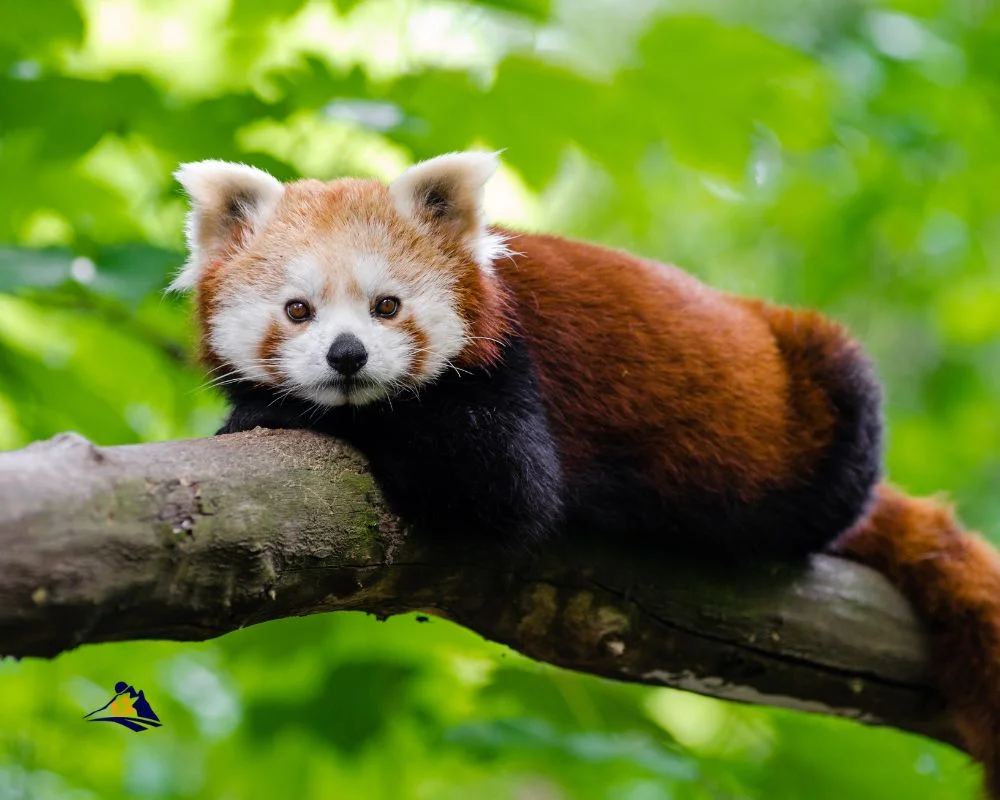
By taking an interest in these animals and supporting conservation efforts, you can help ensure that they continue to thrive for generations to come. Now, let’s move on to exploring a nearby village where you can experience the traditional culture firsthand while surrounded by stunning scenery.
Cat Cat Village
You’ll love exploring Cat Cat Village for a chance to witness the vibrant culture and stunning landscapes of this picturesque area. As you wander through the village, be sure to keep an eye out for the many species of wildlife that call this place home. From colorful birds and insects to playful monkeys and squirrels, there’s no shortage of fascinating creatures to spot.
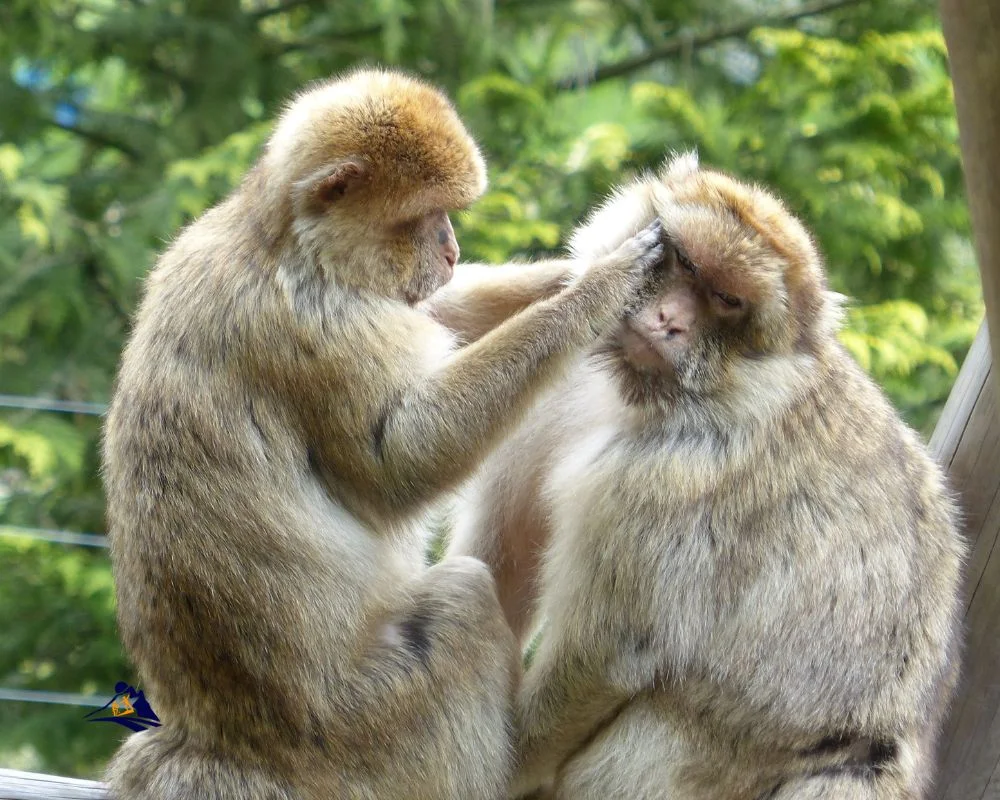
But it’s not just about the wildlife here in Cat Cat Village. The traditional culture and local handicrafts are also worth experiencing. Take some time to learn about the customs and traditions of the Hmong people who live in this area, and browse through their handmade textiles and other crafts. By supporting their local economy, you’re helping to ensure that these communities can continue living sustainably alongside the wildlife in this region. And when you’re ready for your next adventure, head on over to Muong Hoa Valley for even more incredible sights!
Muong Hoa Valley
Muong Hoa Valley is like a treasure trove waiting to be discovered, with its sprawling rice terraces that resemble staircases leading to the heavens. This valley boasts some of the best trekking routes in Sapa that will take you through lush forests, gurgling streams, and cascading waterfalls. As you explore this breathtaking landscape, keep your eyes peeled for wildlife sightings such as macaque monkeys, flying squirrels, and rare bird species.
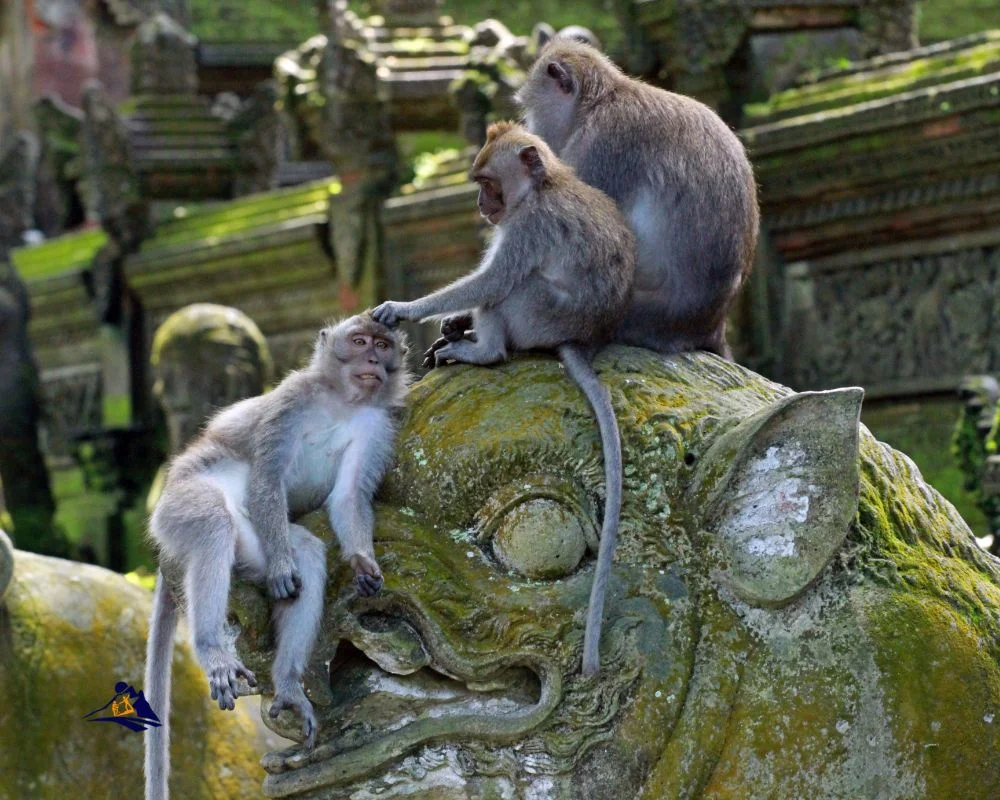
Apart from its natural beauty and abundant wildlife, Muong Hoa Valley also offers an insight into the local culture of ethnic minorities that inhabit this region. You can visit their traditional villages nestled amidst the terraced fields and observe their unique way of life. Ensure that you respect their customs and traditions while enjoying your time in this beautiful valley.
As you bid adieu to Muong Hoa Valley, make sure to stop at Silver Waterfall on your way back to Sapa town. This magnificent waterfall drops from a height of over 200 meters and is surrounded by lush greenery. A quick stop here will leave you rejuvenated for the rest of your journey!
Silver Waterfall
If you’re looking for a refreshing break from your trekking in the Muong Hoa Valley, Silver Waterfall is a must-visit destination with its stunning 200-meter drop and lush surroundings. As you approach the waterfall, you’ll be surrounded by dense forests of bamboo and pine trees that are home to an array of wildlife. If nature photography is your thing, then this is the perfect spot for capturing some of Sapa‘s most breathtaking natural beauty.

Apart from being a picturesque location, Silver Waterfall also plays an important role in wildlife conservation strategies in Sapa. The area around the waterfall is part of a protected forest reserve that provides habitat for many endangered species such as black bears and red pandas. By visiting this beautiful site, not only will you get to witness one of nature’s wonders but also contribute to the preservation of these magnificent animals. After soaking up all that Silver Waterfall has to offer, it’s time to move on to Tram Ton Pass – another must-see destination in Sapa!
Tram Ton Pass
Tram Ton Pass is a breathtaking location that offers stunning views of the Hoang Lien Son mountain range and is an essential stop for anyone exploring Sapa. This pass, located at 1,900 meters above sea level, is known as the “Heaven’s Gate” for its spectacular scenery. It is one of the highest mountain passes in Vietnam and provides scenic drives through winding roads surrounded by towering trees and lush forests.
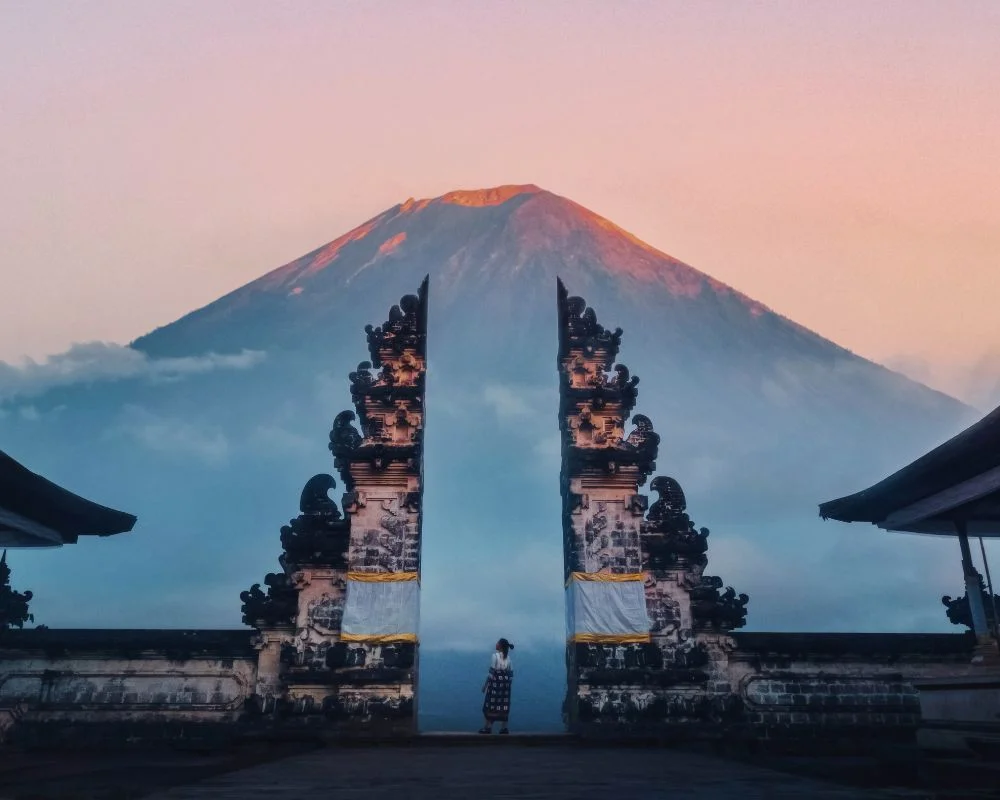
Apart from its picturesque surroundings, Tram Ton Pass is also home to diverse wildlife species such as macaques, langurs, and barking deer. As you traverse through this pass, keep your eyes peeled for these beautiful creatures who roam freely in their natural habitat. In addition to enjoying their beauty from afar, it’s important to remember that we have a responsibility to protect them and their environment. By supporting conservation efforts in this region, we can ensure that future generations will have the opportunity to experience the wonders of Tram Ton Pass as well.
As you continue on your journey towards Sapa along Route 4D, you’ll soon come across another impressive mountain pass called O Quy Ho Pass – which offers equally magnificent views of Sapa’s natural beauty.
O Quy Ho Pass
If you’re looking for a scenic drive with plenty of wildlife-spotting opportunities, O Quy Ho Pass is the perfect destination. As you wind your way through this breathtaking mountain pass, keep an eye out for rare and exotic species like the Indochinese tiger or the black-shanked douc langur. You’ll also be treated to stunning landscapes and perhaps even catch a glimpse of one of Sapa’s famous rice terraces along the way.
Scenic Drive
Take a road trip through Sapa’s stunning countryside, where the winding roads offer unparalleled views of lush greenery and towering mountains. Make sure to stop at scenic overlooks along the way to fully appreciate the beauty of this region. As you drive, keep your eyes peeled for glimpses of wildlife that call this place home.
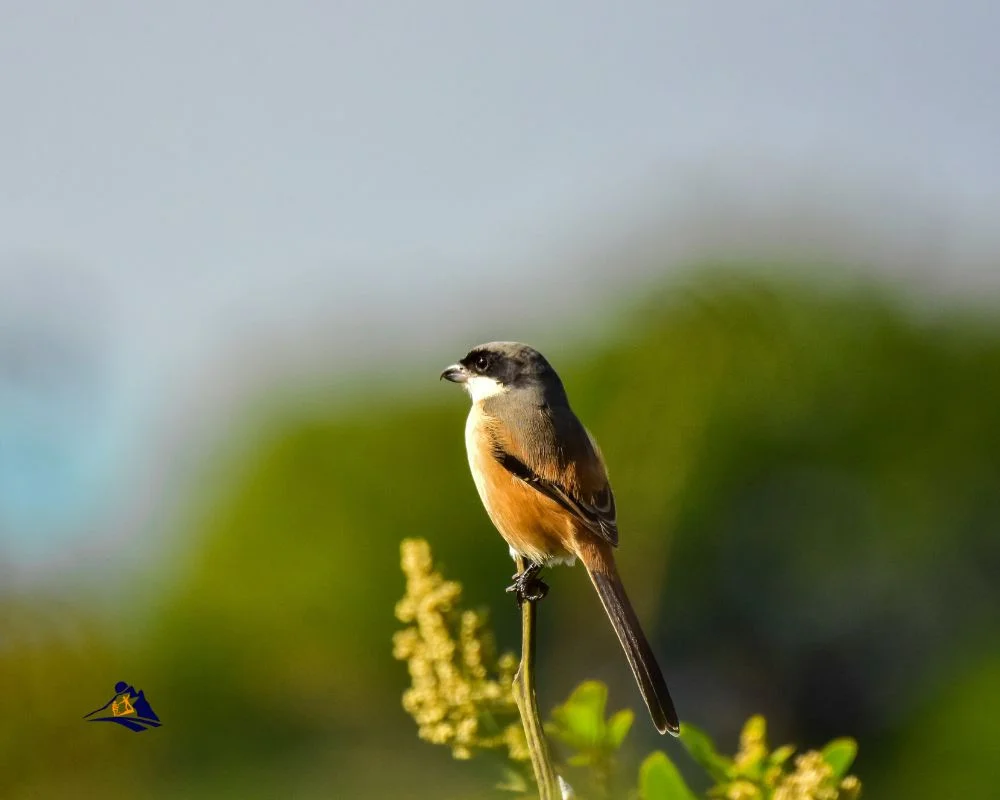
Sapa is known for its diverse range of wildlife, from rare birds to playful primates. To ensure they thrive in their natural habitat, conservation efforts are underway to protect these species from threats such as habitat loss and poaching. By taking a leisurely drive through this area, you’re not only experiencing the freedom that comes with exploring new places but also supporting efforts to preserve these precious animals’ homes. Keep reading for tips on spotting some of Sapa’s most fascinating creatures!
Wildlife Spotting Opportunities
You don’t want to miss out on the chance to spot some incredible creatures while exploring Sapa’s stunning countryside – have you ever seen a rare bird or playful primate in their natural habitat? With proper camera equipment and the assistance of local guides, you can get up close and personal with some of Vietnam’s most fascinating wildlife. Here are two sub-lists that will help you make the most of your wildlife-spotting opportunities:
- Bird Watching: Sapa is home to a wide variety of bird species, including several rare and endangered ones. Head to Fansipan Mountain for the best views of birds like the Red-billed Blue Magpie, Chestnut Bulbul, and Grey-headed Parrotbill. Be sure to bring your binoculars for an even closer look!
- Primate Watching: The forests around Sapa are also teeming with primates, from playful macaques to elusive gibbons. One popular spot for primate watching is Hoang Lien National Park, where you might catch a glimpse of Black Gibbons swinging through the trees or Red-shanked Doucs munching on leaves.
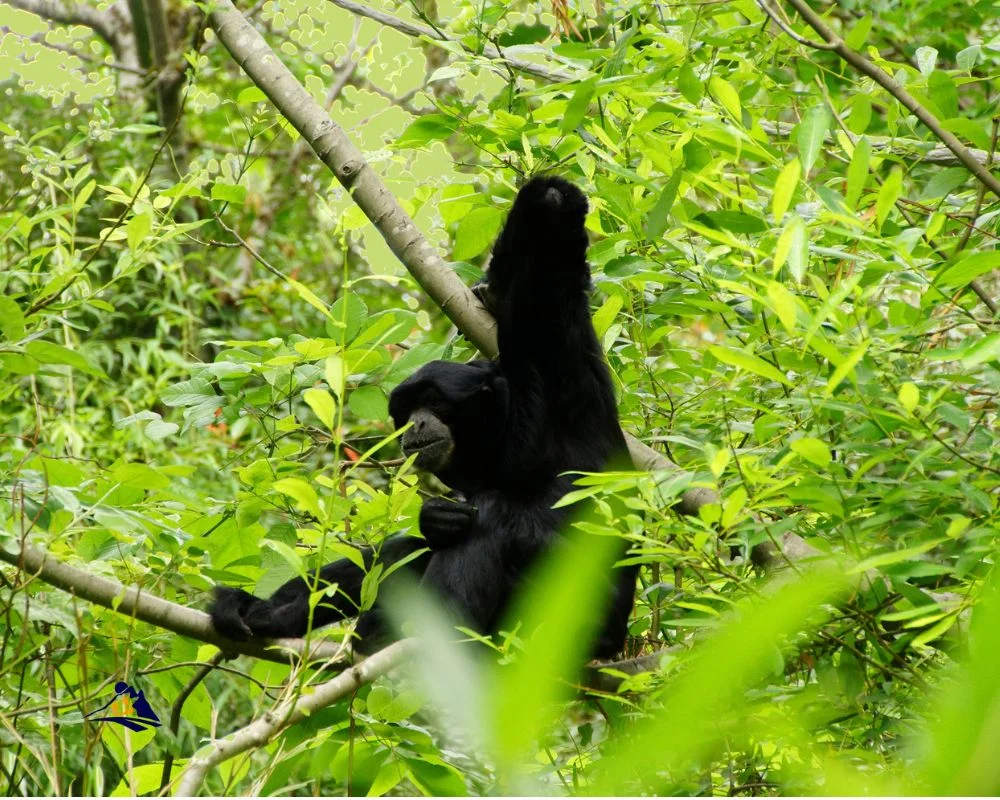
As you explore Sapa’s wilderness areas in search of wildlife sightings, don’t forget about all the stunning landscapes surrounding you! Many of these animals rely on these beautiful environments for their survival.
Stunning Landscapes
Don’t miss the opportunity to appreciate the breathtaking landscapes surrounding Sapa, as they are not only beautiful but also crucial for the survival of many of the area’s fascinating creatures. From lush green rice paddies to majestic mountain ranges, Sapa boasts a stunning natural beauty that is worth exploring. Take a hike through the Hoang Lien Son National Park and marvel at the panoramic views of terraced rice fields stretching out before you. Or take a cable car ride up Fansipan Mountain, dubbed “the Roof of Indochina,” for an unforgettable view of Sapa’s landscape.
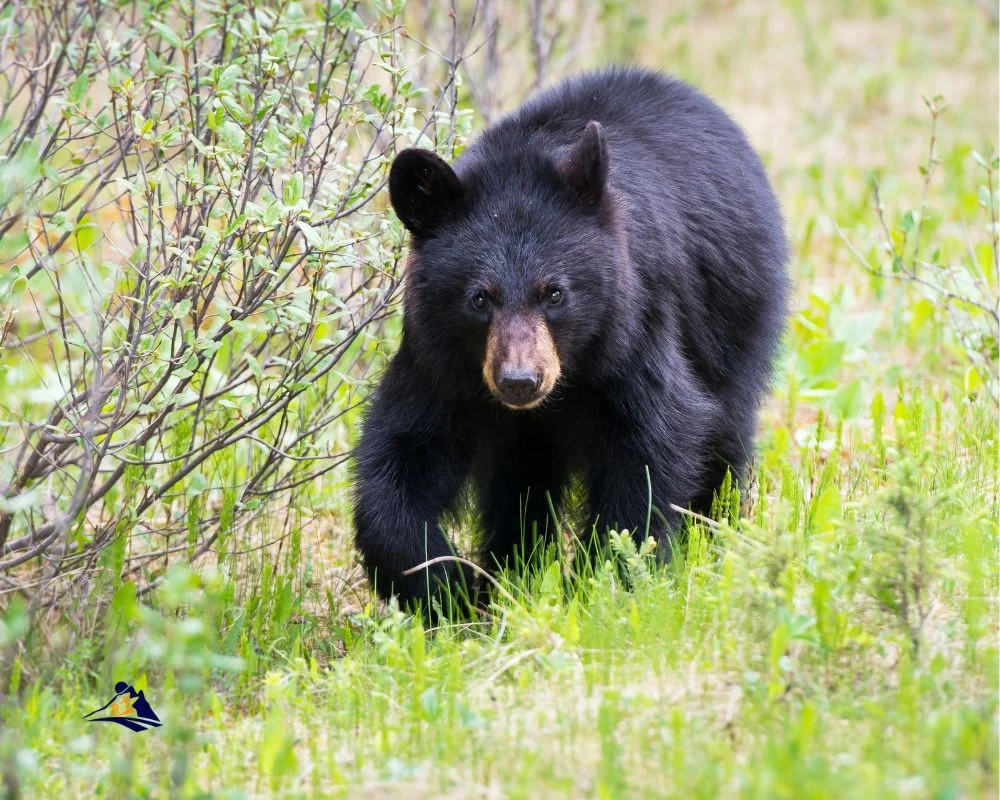
As you explore these stunning landscapes, keep your eyes peeled for wildlife sightings. Local guides can offer invaluable knowledge about where to spot rare species like red pandas, black bears, and langurs in their natural habitats. With photography tips from experts on how best to capture these elusive creatures on camera, you’ll be sure to leave with memories that will last a lifetime. Remember that by respecting the environment and following conservation strategies such as reducing plastic waste and not disturbing animals’ habitats, we can help protect these stunning landscapes and their inhabitants for generations to come.
The Best Places To See Wildlife In Sapa Frequently Asked Questions
What is the best time of year to visit these wildlife spots in Sapa?
The best time to visit Sapa’s wildlife viewing locations is during the dry season, which runs from September to November. During this time, the weather is mild and dry, allowing for clear views of the beautiful surroundings and an abundance of wildlife. It’s important to note that many animals in Sapa are endangered due to habitat loss, hunting, and other threats. To protect these creatures, it’s essential to follow conservation strategies such as reducing your impact on their habitats by not littering or disturbing their natural environment. By taking care of the wildlife in Sapa, you’re helping preserve one of the world’s most unique ecosystems for generations to come.
Are there any endangered or rare species that can be found in Hoang Lien Son National Park?
Did you know that Hoang Lien Son National Park in Sapa is home to several endangered species? These include the Saola, a rare and elusive mammal found only in Vietnam and Laos, as well as the Indochinese tiger and Asian black bear. The park also has a significant population of red pandas, clouded leopards, and several species of primates. Despite their endangered status, conservation efforts have been put into place to protect these animals and their habitats. The park authorities work closely with local communities to promote sustainable tourism and raise awareness about wildlife conservation. Your visit to Hoang Lien Son National Park can contribute to these efforts while giving you an unforgettable experience with some of the world’s most magnificent creatures.
Can visitors hike to the top of Fansipan Mountain, and if so, how difficult is it?
If you’re up for a challenge, then hiking to the top of Fansipan Mountain is an adventure that shouldn’t be missed. The difficulty level is high and only recommended for experienced hikers. Safety precautions should be taken seriously, including proper gear, acclimating to the altitude, and carrying enough water and snacks. But once you reach the summit, the feeling of accomplishment is unparalleled. As someone who appreciates wildlife conservation efforts, it’s important to note that Fansipan Mountain is home to several endangered species such as black gibbons and red pandas. By taking necessary safety precautions while hiking this majestic mountain, you can help protect these beautiful creatures and their habitats. So go ahead and embrace your desire for freedom by embarking on this challenging hike while also making a positive impact on wildlife conservation efforts in Vietnam.
Is it possible to see any cultural or historical landmarks in Cat Cat Village?
If you’re looking for cultural experiences and local traditions in Sapa, then Cat Cat Village should be on your list. This village is home to the Black Hmong people, who have a rich history and unique way of life. You can learn about their traditional crafts, such as weaving and dyeing techniques, and even purchase artisanal products made by locals. Immerse yourself in their culture by attending traditional dance performances or visiting the local museum to gain a deeper understanding of their customs. While it may not be a wildlife destination like other parts of Sapa, Cat Cat Village offers an opportunity to connect with the local community and gain insight into their way of life – something that is just as valuable as spotting rare wildlife species.
Are there any guided tours or activities available in Muong Hoa Valley to enhance the wildlife viewing experience?
If you’re looking to enhance your wildlife viewing experience in Muong Hoa Valley, there are plenty of guided tours and activities available. These tours offer not only the chance to see a variety of wildlife up close but also provide photography opportunities for capturing those awe-inspiring moments. As someone with in-depth knowledge of wildlife and a passion for protecting them, you’ll appreciate the detailed knowledge of conservation strategies that these guides can share. And if you’re someone who has a subconscious desire for freedom, exploring the beauty of nature and its inhabitants is sure to satisfy that craving. So don’t hesitate to book a guided tour or activity in Muong Hoa Valley and immerse yourself in the wonders of wildlife conservation.
Conclusion
So there you have it, avid animal lover! You’ve learned about some of the best places in Sapa to see wildlife up close and personal. Did you know that Hoang Lien Son National Park is home to over 2,000 species of plants and animals? That’s right! This park boasts an impressive biodiversity that is unmatched in many other areas of Vietnam.
But with great diversity comes great responsibility. We as humans must do our part to protect these precious ecosystems and the creatures that call them home. By supporting conservation efforts, such as responsible tourism and sustainable hunting practices, we can help ensure that generations to come can experience the awe-inspiring beauty of Sapa’s wildlife firsthand. So get out there and explore all that this stunning region has to offer – just remember to tread lightly and leave no trace behind!
